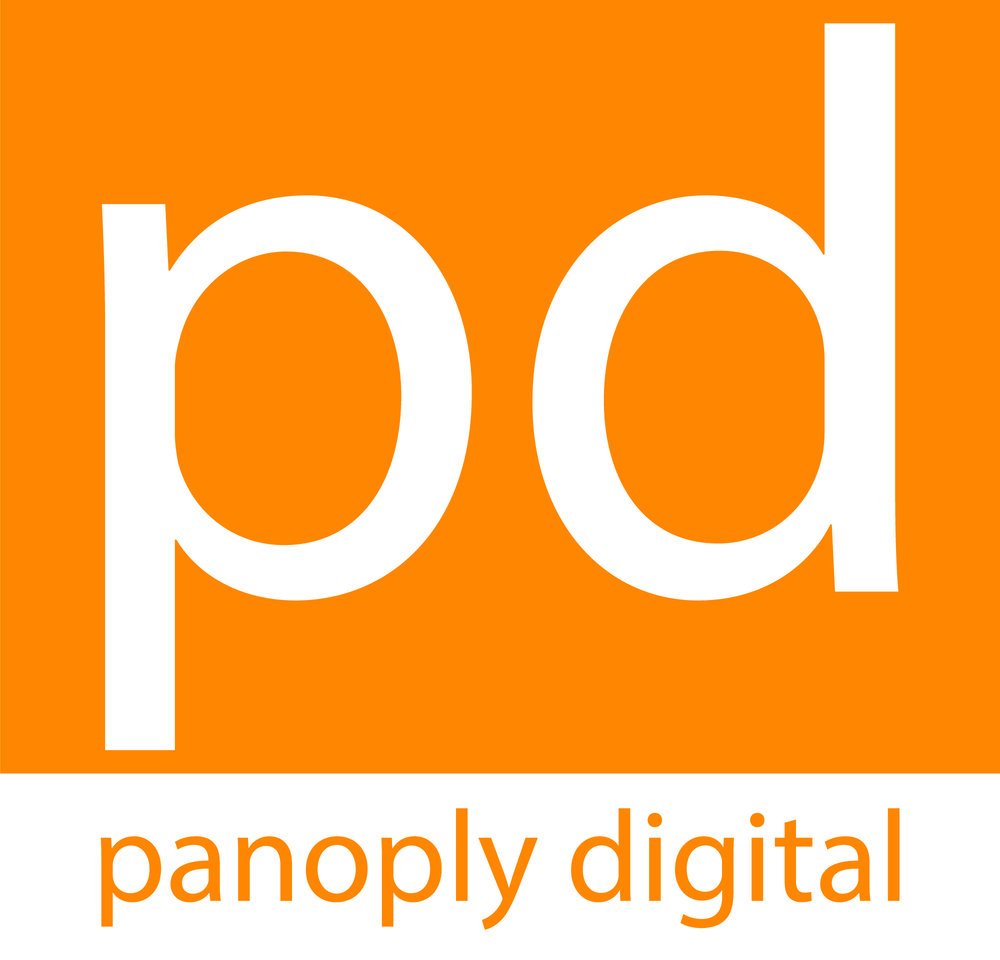One thing we do like to talk about in the ICT4D community is how everyone is working in silos, particularly when it comes to mobile services for women: “no one talks to anyone else, we’re all doing the same thing in the same country, we need to work together more”. I do think, actually, this is very true: one example I like to cite are two commercial mobile maternal health services aimed at women in Northern Nigeria; both delivered through IVR and SMS, both using similar content and both launched at the same time to the same audience but with different mobile operators and partners. While some may argue there’s nothing wrong with a little healthy market competition, I do think there’s something here we need to look at if we have the same aims of improving socio-economic outcomes for women, but end up merely duplicating efforts. With this in mind, the ICT4D community also likes to talk about scale and meaningful impact (my colleague Lauren Dawes’ excellent recent blog post talks about this in more detail) and we are often looking for the best way to scale and replicate mobile services in order to reach more women and to reduce the gender digital divide. Much has been made recently of the role of mobile money in this: because there’s evidence that mobile money works across different contexts, doesn’t need to be customized and sits on a reusable platform (unlike services on other verticals that tend to use more bespoke platforms that have to be customized to each context), it may be that investing in mobile money services are the most logical way to drive increase in uptake and meaningful use of mobile for women, rather than other services such as health, education or agriculture. To paraphrase comments by a gender and mobile expert who I spoke to recently:
“Empowerment for women in developing countries means making money. We can bring women online / give them access to mobiles, but for what end? The end seems to be financial inclusion. Women equate finances to empowerment, and so the only way to get women to use mobile is to give them a real reason or incentive for using mobile – not for maternal health messages, or for weather forecasts, but for access to money; and that means mobile money.”
If you look at M-Pesa, that’s often cited as best practice for real, scalable success in mobile money, particularly for women. GSMA Connected Women recently credited it as being responsible for helping to reduce the gender digital divide in Kenya to just 7%, explaining that “M-Pesa was a catalyst to women owning phones…it allows cheap and efficient money transfers, often from sons or husbands working away from home to their mothers or wives. The cost savings of cutting out middlemen, transport costs and fees, as well as the safety and security of M-Pesa, are beneficial enough to justify the costs of mobile phone ownership.”
However, at the same time, skeptics argue that there is no empirical evidence to support this claim – that data is based on qualitative interviews with stakeholders, rather than robust quantitative data looking at trends in female mobile phone ownership and mobile money use in Kenya. Indeed, if you look at Bangladesh, which has long been the poster child for financial inclusion for women due to microfinance pioneered by Grameen Bank and BRAC, digital financial services experts argue that the gender digital gap is actually reversing current practices around financial inclusion: women were leaders in microfinances, but because there are increasing numbers of digital payments and Bangladeshi women are more digitally excluded than men, they are becoming increasingly financially excluded. It’s more logical that a gender gap in access will be followed by a gender gap in mobile money access and use – not necessarily the other way round.
So is mobile money the answer to reducing the gender gap in mobile access and use? I’m not sure. I think no – quite apart from the relatively weak evidence base, how do you conclusively prioritize one vertical as being more important to invest in than others? How do you conclusively say that financial services are more important than health or education services - I’ve written before about the fundamental importance of education in addressing social norms and gender inequality. Mobile for development is still a new field – we need to test lots of different ideas out, build the evidence base and learn from others before we can conclusively say mobile money is the answer. It might be – but I don’t think we’re there yet.

